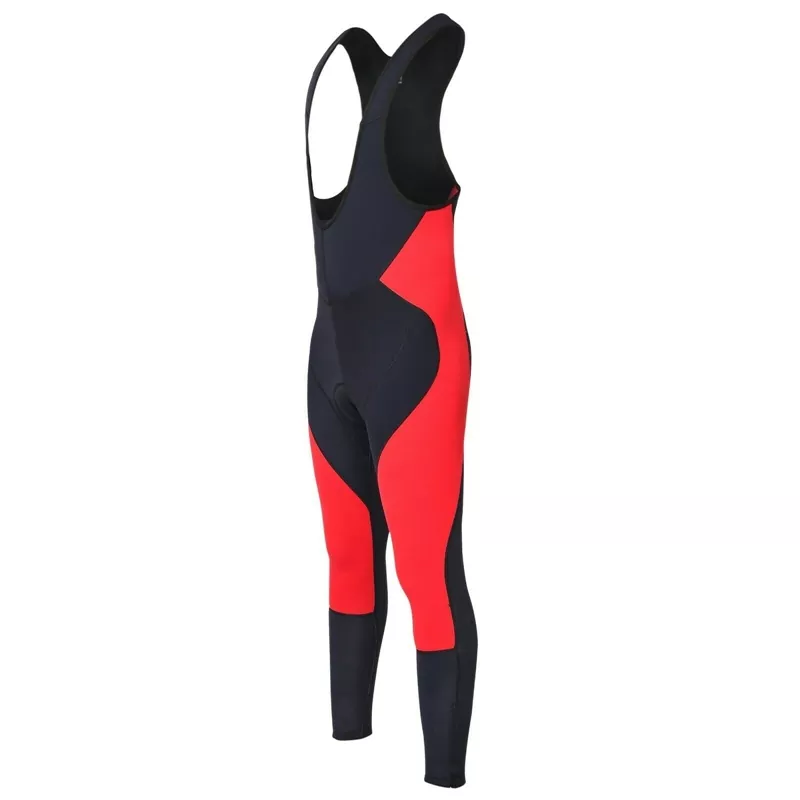Cycling Wear: The Essentials of Performance and Comfort
2024-10-25
Cycling wear, crafted for the unique demands of cycling, goes beyond typical athletic apparel. With optimized materials, tailored designs, and features like breathability and moisture-wicking, good cycling gear ensures comfort, safety, and performance on any ride. In this blog, we’ll explore the essentials of cycling wear, why they’re important, and how to choose the right gear for your rides.
Key Components of Cycling Wear

1. Cycling Jerseys
- Cycling jerseys are made from lightweight, moisture-wicking fabrics that help keep the body dry and cool. The fitted design reduces wind resistance, and rear pockets are convenient for essentials like snacks, phones, or tools.
- Summer jerseys are crafted with breathable, quick-drying materials, while winter jerseys use thermal fabrics to keep you warm without adding bulk.
2. Cycling Shorts
- Cycling shorts come with padded chamois to reduce pressure on the saddle area, absorbing shock and enhancing comfort, especially on long rides. Typically made from stretchy materials, they offer flexibility and reduce chafing.
- Bibs are another popular option. These are cycling shorts with straps, ensuring the shorts stay in place without a waistband, which many cyclists find more comfortable on extended rides.
3. Cycling Jackets
- Cycling jackets come in different types depending on the season and conditions. Windbreakers are thin and lightweight, ideal for blocking the wind, while rain jackets offer water resistance to keep you dry in wet weather. In colder months, thermal jackets provide insulation without sacrificing breathability.
4. Cycling Tights and Arm/Leg Warmers
- For cooler rides, tights and arm/leg warmers add warmth to the legs and arms. Many are made from materials like fleece-lined Lycra, which insulates without restricting movement.
- Arm and leg warmers can be removed as the day warms up, making them great for variable temperatures.
5. Cycling Gloves
- Gloves protect hands from the vibration and pressure of the handlebars. In the summer, lightweight gloves with breathable backs and padded palms improve comfort. For colder weather, thermal gloves provide insulation and often come with waterproof options.
6. Cycling Shoes and Socks
- Cycling shoes are designed to lock into pedals, improving pedaling efficiency and reducing foot fatigue. They come with stiff soles to maximize power transfer.
- Cycling socks are usually thinner and more breathable than regular socks, often with compression properties to improve blood circulation and reduce fatigue.
7. Helmets and Accessories
- A helmet is a must for safety, with aerodynamic options for racers and heavier-duty options for off-road. Accessories like sunglasses protect from glare, wind, and debris, while a cap or headband can absorb sweat or provide insulation in cooler conditions.
Materials Matter: Why Cycling Wear is Different
Cycling wear is crafted from technical fabrics that offer moisture-wicking, UV protection, breathability, and temperature regulation. Here are some materials commonly used:
- Polyester and Nylon: Lightweight, quick-drying, and durable, commonly used in jerseys and shorts.
- Lycra and Spandex: Provide stretch, essential for flexibility and form-fitting apparel.
- Merino Wool: Natural fiber known for its warmth, breathability, and odor resistance, often used in winter gear.
- GORE-TEX and Similar Fabrics: Used in rain jackets and gloves for waterproofing and breathability.
Why Invest in Good Cycling Wear?
1. Improved Comfort and Performance
- The padding in shorts, breathable jerseys, and temperature-regulating jackets all combine to make the ride smoother and more comfortable, which is particularly important for long-distance rides.
2. Enhanced Safety
- Reflective elements on cycling wear improve visibility, especially when cycling in low light or urban environments. Well-fitted clothing also reduces the risk of catching on handlebars or other parts of the bike.
3. Better Mobility and Reduced Fatigue
- Technical fabrics and ergonomic fits allow for natural movement, reducing strain. Compression garments like socks and tights can also help with blood flow, improving muscle recovery during and after rides.
How to Choose Cycling Wear
1. Consider the Climate
- For warm-weather cycling, prioritize breathable, moisture-wicking materials. In colder climates, opt for thermal layers, windproof jackets, and gloves to retain warmth.
2. Fit and Flexibility
- Cycling clothing should be form-fitting but not restrictive. Too tight, and it’ll restrict blood flow; too loose, and it can catch wind, increasing drag.
3. Durability and Maintenance
- Cycling wear can be an investment, so choose high-quality, durable fabrics that can withstand regular washing. Most cycling gear is designed to be easy-care, though technical fabrics often benefit from air drying instead of machine drying.
4. Reflective Details for Visibility
- If you plan to ride in low-light conditions, choose clothing with reflective elements to enhance visibility.
Additional Tips for Comfortable Cycling
1. Layer Wisely
- Use a layering system in cooler months: a moisture-wicking base layer, an insulating middle layer, and an outer layer for wind or water protection. This approach allows you to adjust as temperatures change throughout your ride.
2. Experiment with Padding and Fit
- The padding in cycling shorts, or the chamois, comes in various thicknesses and shapes. Try different types to find what works best for your anatomy and the length of your rides.
3. Take Care of Your Gear
- Follow manufacturer care instructions to prolong the life of your cycling wear. Most gear can be machine-washed, but avoid fabric softeners as they can break down technical fibers.
Conclusion
Cycling wear is a powerful ally for any cyclist, providing comfort, durability, and protection through well-designed, specialized materials. From breathable jerseys to cushioned shorts, each piece plays a crucial role in creating an optimal riding experience. Choosing the right cycling wear tailored to your environment, ride style, and personal preferences can transform a challenging ride into a comfortable, enjoyable one.
Whether you’re an avid cyclist or just starting, investing in quality cycling wear is an investment in your performance, safety, and enjoyment on the road.


